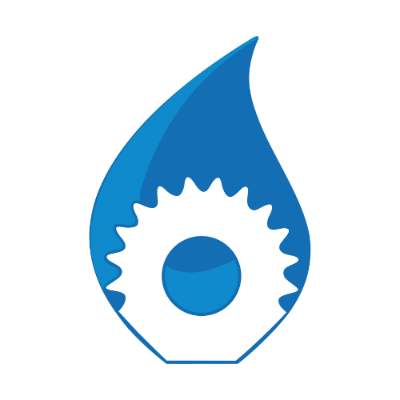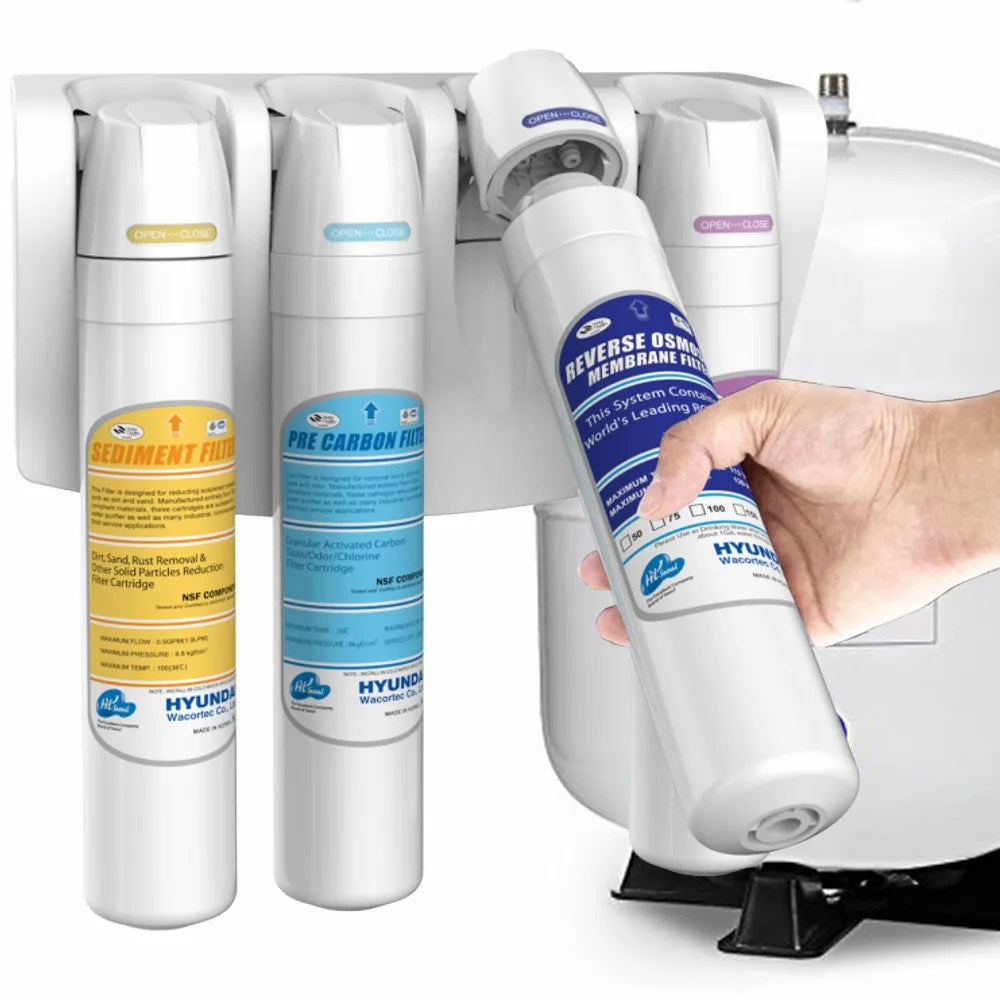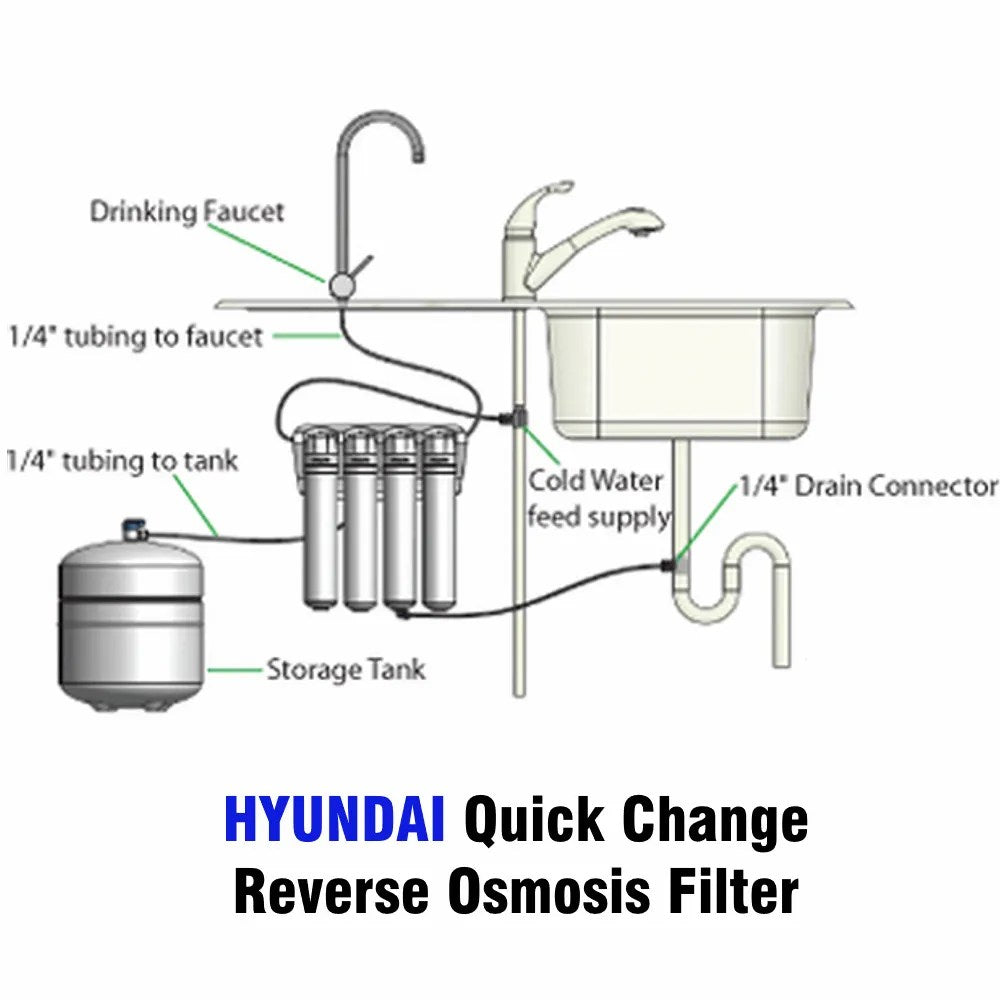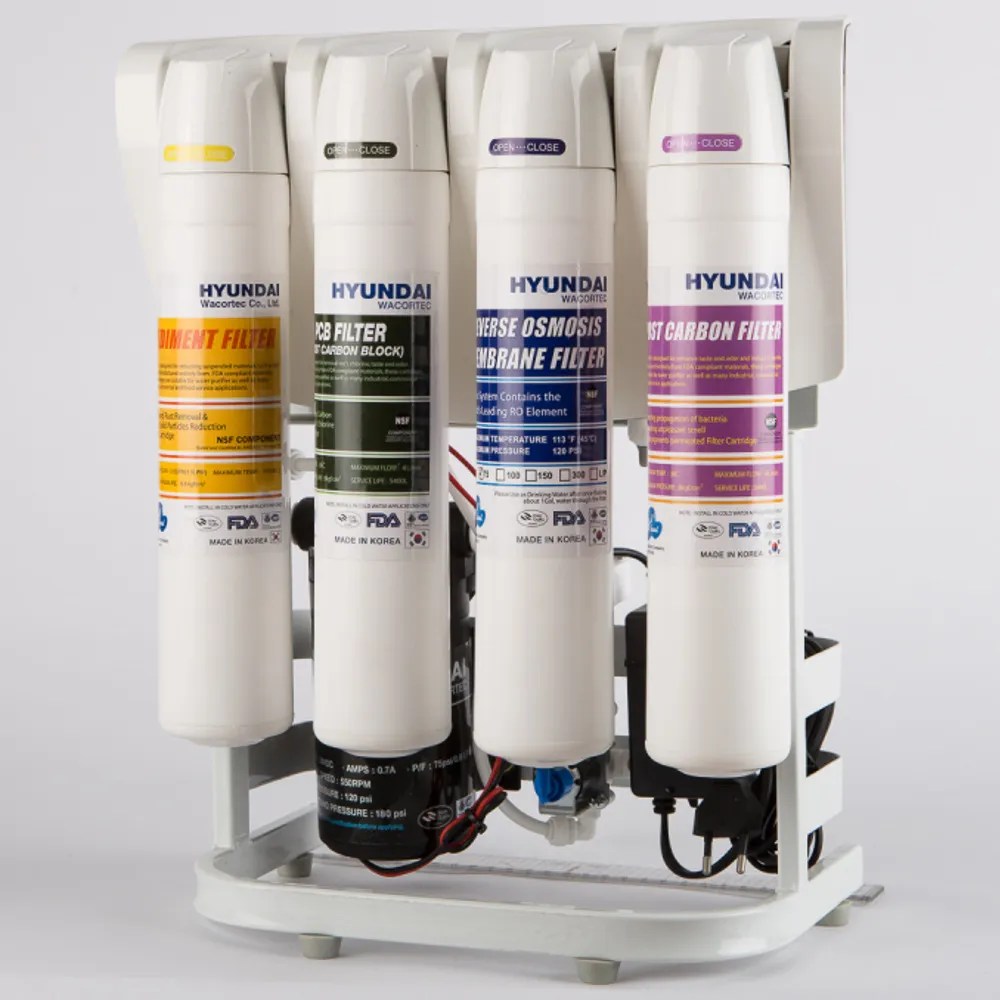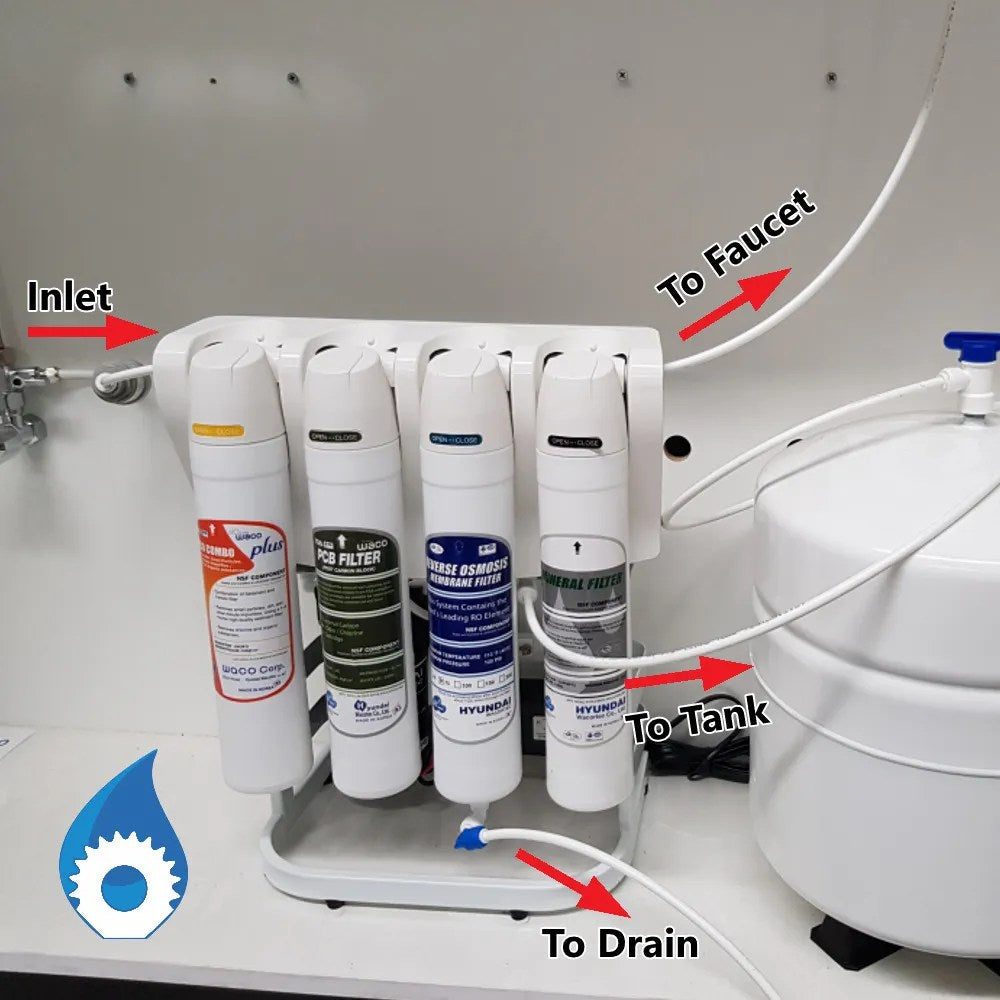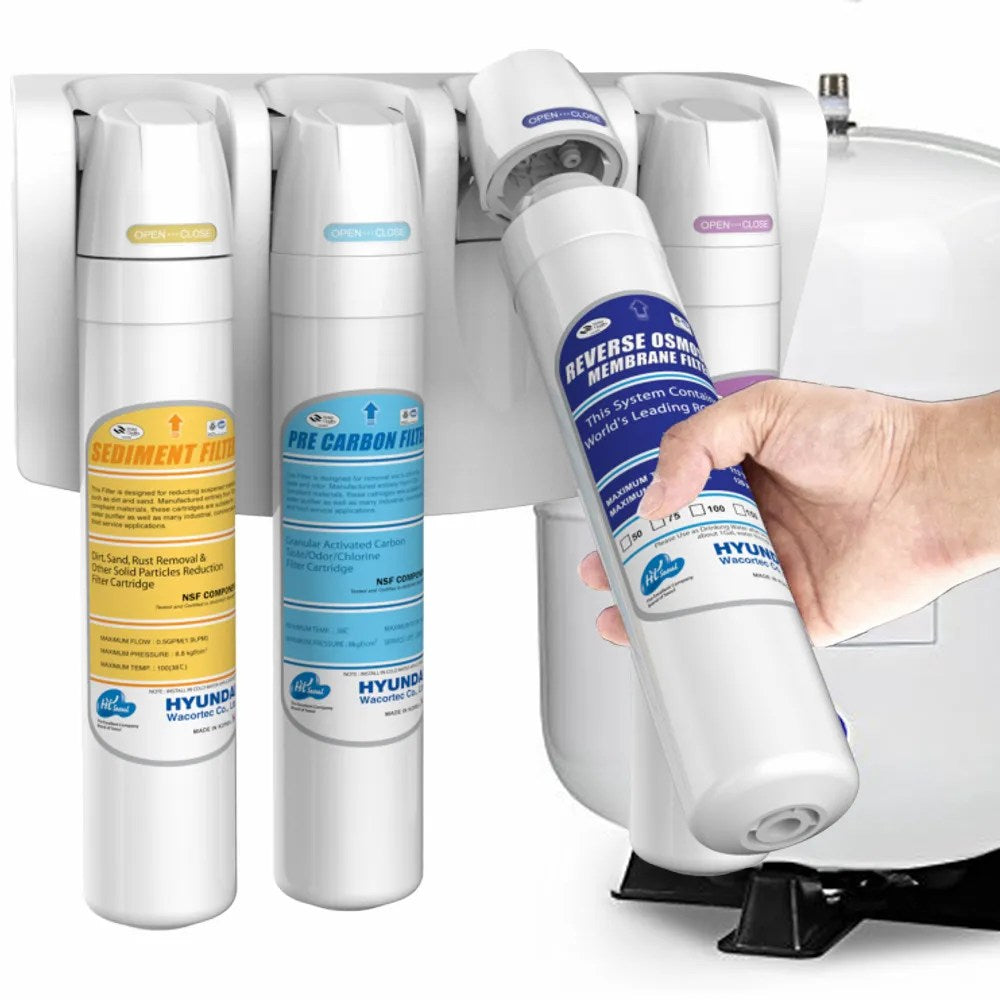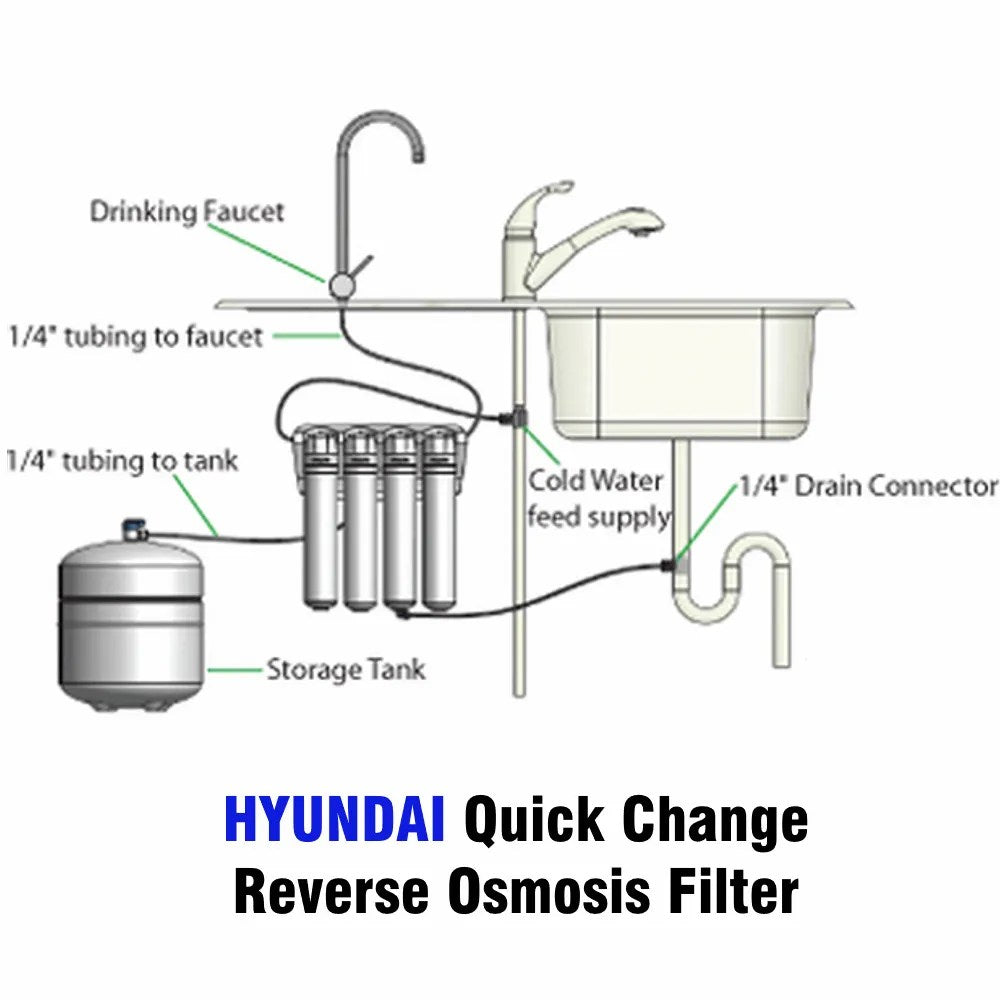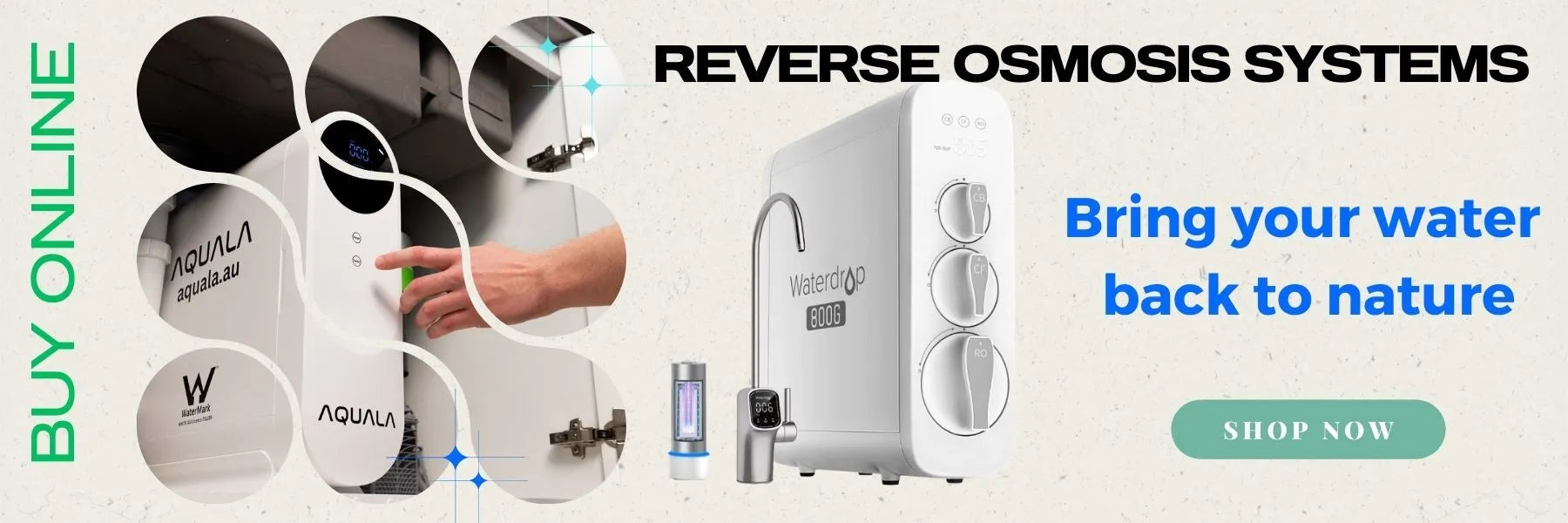
Reverse Osmosis Filter
Recognised as one of the best available technologies for producing best quality drinking water. No other home water filtration system can offer you as much protection and reliability, the reverse osmosis water filter is capable of removing up to 98 percent of total dissolved solids (TDS), Fluoride, Lead, heavy metals, ions, bacteria, viruses, chlorine, colloids and silt, and more from your water supply..
Next Generation Tankless Reverse Osmosis Water Filter
In a traditional RO filter, the purified water is stored in a tank for later use. However, a tankless reverse osmosis water filter eliminates the need for a storage tank. Instead, it uses a direct flow-through design, where water is filtered on-demand, providing a continuous supply of purified water without any waiting time.
Our reverse osmosis water filters can eliminate up to 98 percent of total dissolved solids (TDS), FLUORIDE, lead, heavy metals, ions, bacteria, viruses, chlorine, colloids, silt, and various other contaminants like forever chemicals, PFAS (per-and poly fluoroalkyl substances), PFOA (perfluorooctanoic acid) and PFOS (perfluorooctane sulfonate) from your water source. This ensures that you have access to Pure and Safe drinking water.
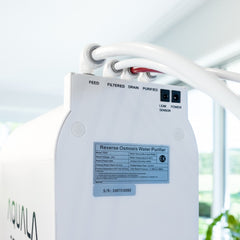
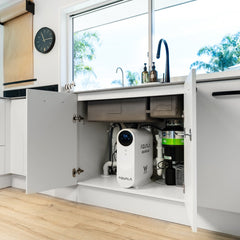
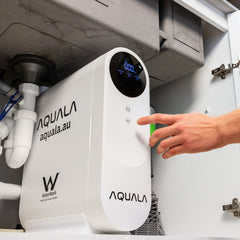
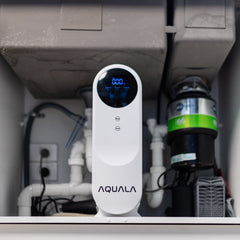
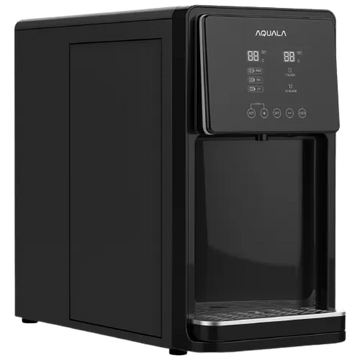
Next-generation All-in-one Reverse Osmosis Water Station
Benchtop Reverse Osmosis System with Instant Hot and Cold Water Dispenser
Introducing our AQUALA, your go-to solution for an all-in-one water dispenser. Experience the convenience of instant access to both hot and cold filtered water with our innovative benchtop appliance. Equipped with a built-in reverse osmosis filtration system, our dispenser effectively eliminates a wide range of impurities, such as heavy metals, viruses, bacteria, fluoride, chlorine, and more. With customizable water temperatures and a plumbed-in design, enjoy a continuous supply of great-tasting and purified drinking water. Trust MDC Water for the ultimate hydration experience.
Quick Change Undersink Reverse Osmosis Water Filters
- Featured
- Best selling
- Alphabetically, A-Z
- Alphabetically, Z-A
- Price, low to high
- Price, high to low
- Date, old to new
- Date, new to old
Frequently Asked Questions about Reverse Osmosis Water Filters
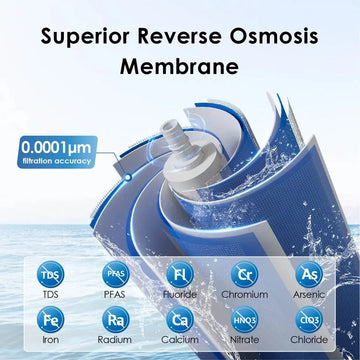







Frequently Asked Questions about Reverse Osmosis Water Filters
Reverse osmosis is a highly effective water purification process utilised by advanced filtration systems. By employing a semipermeable membrane, reverse osmosis filters exert pressure on water, allowing pure water molecules to pass through while blocking impurities, contaminants, and particles. This process ensures the removal of harmful substances such as bacteria, viruses, heavy metals, chlorine, fluoride, pesticides, nitrates, sulfates, and various other contaminants commonly found in tap water.
Yes, reverse osmosis RO water filter is designed to function efficiently with diverse water sources, including municipal water supplies, well water, tank watre and tap water. In general, most standard reverse osmosis systems are designed to handle TDS levels up to 600 ppm.
However, it is crucial to assess the specific impurities present in your water and choose a reverse osmosis system that can adequately address those contaminants
Reverse Osmosis system effectively eliminates around 96% of all dissolved impurities, TDS and salt.
Reverse osmosis water filters excel at removing a wide range of impurities, including but not limited to:
Viruses and Bacteria: polio, rotovirus, norovirus, E. coli, Legionella.
Heavy metals: lead, ferrous iron, arsenic, cadmium, chromium, selenium, mercury
Chemicals: Chlorine, bromine, flouride, iodine, nitrates, sulfates, pharmaceuticals, organic acids, proteins.
Contaminants: Sediment, rust, dirt, bad taste, and odours.
Others: (VOCs), PCBs, BPA, and many other contaminants.
While reverse osmosis filters are highly efficient at eliminating contaminants, they also might remove beneficial minerals such as calcium and magnesium from water. However, advanced reverse osmosis systems often incorporate additional stages, such as remineralisation, to reintroduce essential minerals into the purified water, ensuring a more balanced and healthier drinking water experience.
Yes, reverse osmosis systems produce both purified water and waste water. The ratio varies depending on the system, but it’s typically around 3:1 or 4:1 (waste water to purified water). However we supply
modern RO systems which designed to be more water-efficient and reduce waste, it’s up to 1:3 (waste water to purified water)
Yes, many reverse osmosis systems are designed for DIY installation. Our RO systems are DIY, easy to install and come with detailed installation instructions, reverse osmosis filtre installation videos and all the
necessary components. However, if you’re not comfortable with plumbing or have specific concerns, it’s advisable to hire a professional plumber or handyman to ensure proper installation.
1. Standard Faucets: These are basic faucets that come with a separate handle for filtered RO water, Our filtered water taps are available in many finishes and colours, See our options
2. Three Way Mixer Taps: These faucets have two handles—one for hot and
cold water, and another dedicated handle for filtered water. They eliminate the need for a separate filtered water faucet, See our options
Most advanced reverse osmosis systems require a power source to operate. The power is typically used to drive the water through the membrane, which is a crucial part of the reverse osmosis process. Additionally, some systems may have additional components such as pumps, TDS meter, lifespan indicators or electric valves that also require power.
However,there are some non-electric reverse osmosis systems available that do
not rely on electricity, they run on the water pressure (more than 40 psi).
